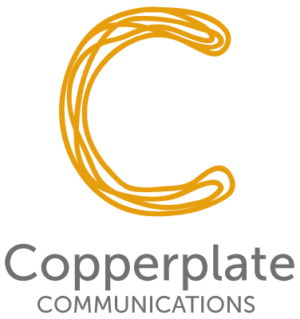How an Elevator Pitch is Like Copywriting for the Web
 I recently had the pleasure of participating in a Vancouver Board of Trade breakfast networking event. While there, I discovered a few lessons that also apply to copywriting for the web.
I recently had the pleasure of participating in a Vancouver Board of Trade breakfast networking event. While there, I discovered a few lessons that also apply to copywriting for the web.
During the networking event, attendees sat at large, round tables in groups of ten. Each person distributed their business card and had 90 seconds to pitch their business. After everyone completed his/her turn, participants moved to a new table and the process repeated. By the end of the session, everyone had rotated through three tables and connected with 30 other business people.
Sounds reasonably simple, right? Most business owners know the importance of having their elevator pitch down pat and are prepared to trot it out at a moment’s notice.
There was a slight snag, however. My prepared elevator pitch is only about 30 seconds long. I wasn’t entirely prepared to go the whole 90 seconds.
I wasn’t alone in this, and it struck me that as each participate ended up winging the last minute or so, many of us defaulted to talking about ourselves and our businesses. “I started my business four years ago,” “most of my clients are in Vancouver,” “we do this, that and this.”
But when pitching your business to prospects, your focus shouldn’t be your business. It should be what you do for clients. In other words, what problems do you help your clients solve?
This isn’t so different from copywriting for the web. When copywriting, you also need to get to the point – and fast. In fact, you have even less time to capture people’s interest on the web than in person. When speaking in person, you can at least grab hold of your prospect’s jacket until you’ve finished. (Not recommended; but effective.) On the web, you can’t physically hold onto people. You have to create high value content so prospects will read on.
When copywriting for the web you also need to focus on what you can do for clients. Too often, website copy makes the same mistake I made at the networking session: we start talking about ourselves, not the challenges we help solve.
On your website, you can legitimately talk about your company history, etc. on your “about us” page. But on every other page you must filter your content by your prospects’ ultimate question: “What can you do for me?”
